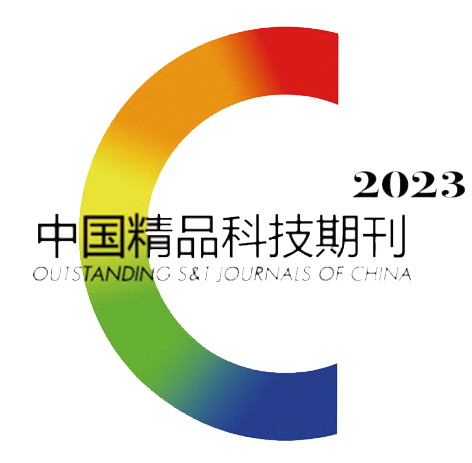Protective Effect of the Anthocyanidin Extract of Hippophae rhamnoides L. on H1299 Cell Injury Induced by Hydrogen Peroxide and Effect of Nrf2/HO-1 Pathway
-
Abstract
Objective: The present study was to explore the protective effects of the anthocyanidin extract of Hippophae rhamnoides L. (HRAE) against hydrogen peroxide (H2O2) induced by oxidative damage in H1299 cells and its mechanism. Methods: The H2O2-induced oxidative damage in H1299 cells was established. MTT assay was used to detect the cell viability of HRAE. Then the content of reactive oxygen species (ROS) was measured by fluorescence probe DCFH-DA. The contents of superoxide dismutase (SOD), catalase (CAT), glutathion peroxidase (GSH-Px), and malondialdehyde (MDA) were determined respectively by kit. Also the expression of proteins heme oxygenase-1 (HO-1), NAD(P)H quinine oxidoreductase 1 (NQO1), Kelch-like epichlorohydrin-associated protein 1 (Keap1) and nuclear factor-erythroid 2-related factor 2 (Nrf2) were tested. At last, the research collaboratory for structural bioinformatics (RCSB) protein data bank and AutoDock software were used to verify the molecular docking between epicatechin and Nrf2, the key target protein of oxidative stress. Results: MTT assay showed that HRAE had no effect on cell viability in the range of 0~800µg/mL (P>0.05). Compared with model group, MDA level was decreased, while SOD, CAT and GSH-Px protein expression levels increased significantly in drug administration group (P<0.05 or P<0.01). HRAE significantly reduced the ROS levels in oxidative injured cells (P<0.05). Western Blot showed that HRAE significantly activated the protein levels of HO-1, KEAP and Nrf2 (P<0.05). Molecular docking results showed that epicatechin and catechin had good free binding activity with Nrf2 protein. Conclusion: HRAE could reduce the oxidative damage of H1299 cells induced by H2O2 in a concentration dependent manner, and its mechanism may be related to promoting the activation of Nrf2/HO-1 signaling pathway.
-

-





 DownLoad:
DownLoad: